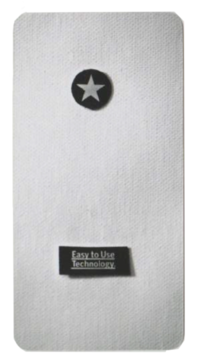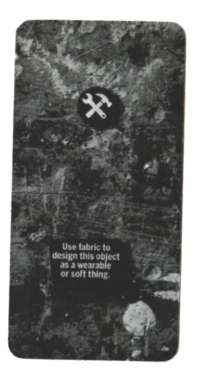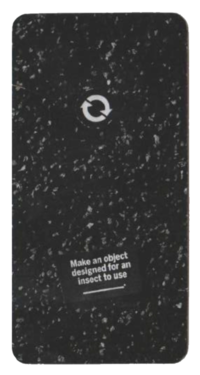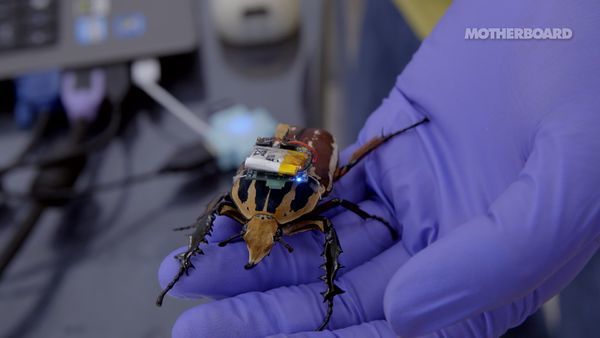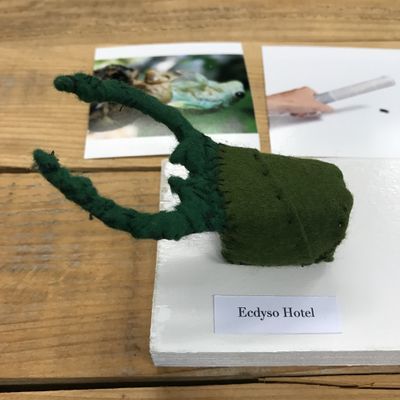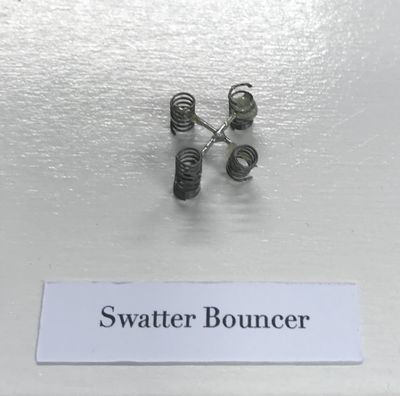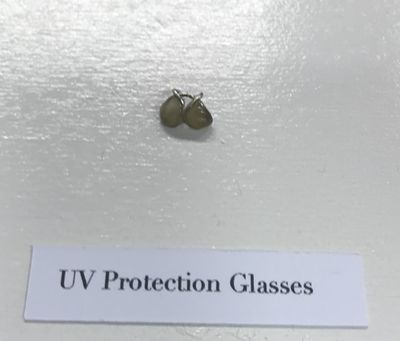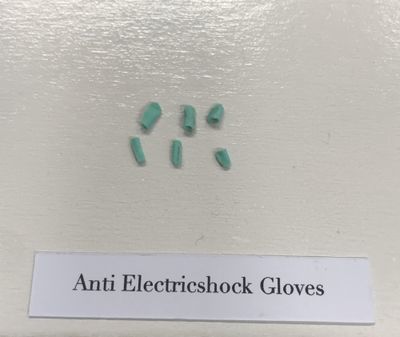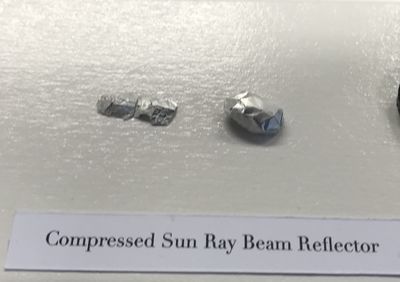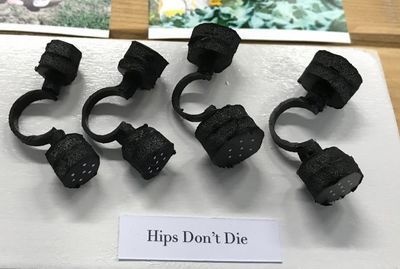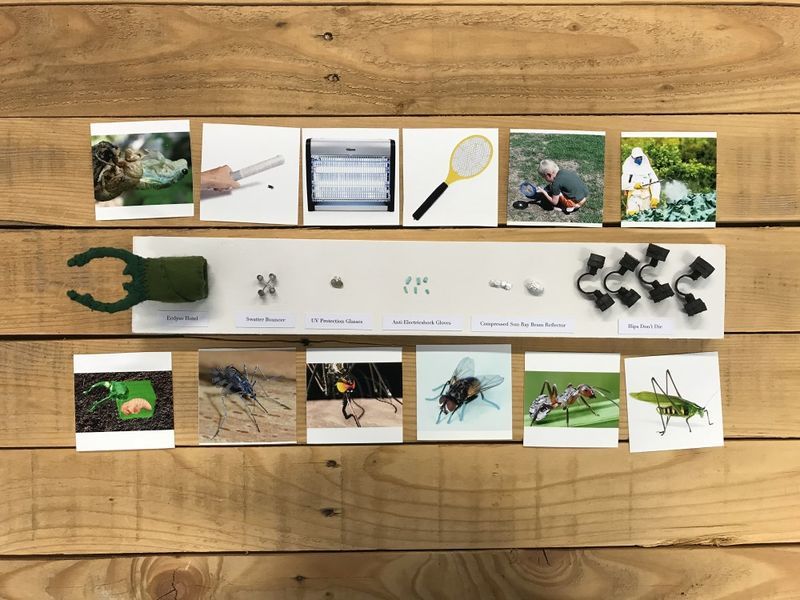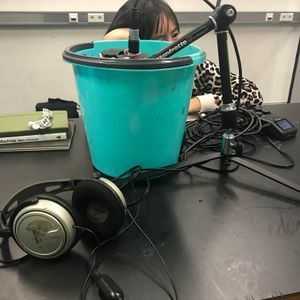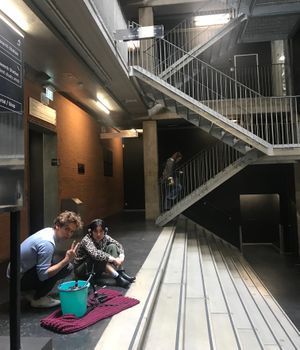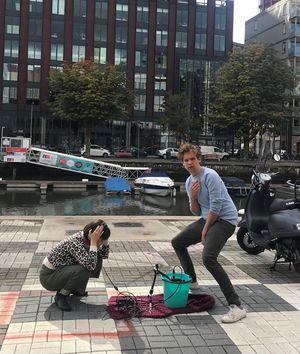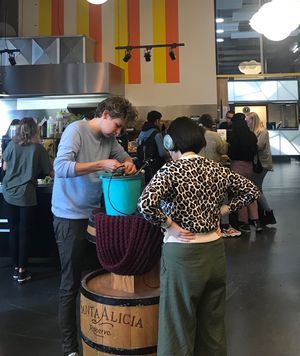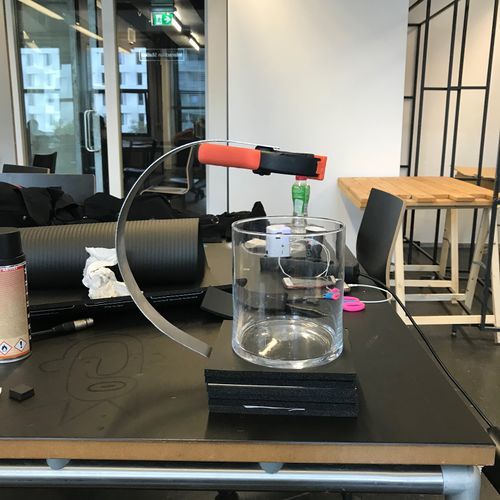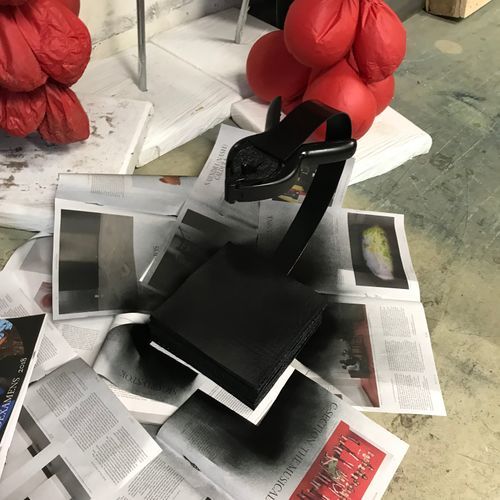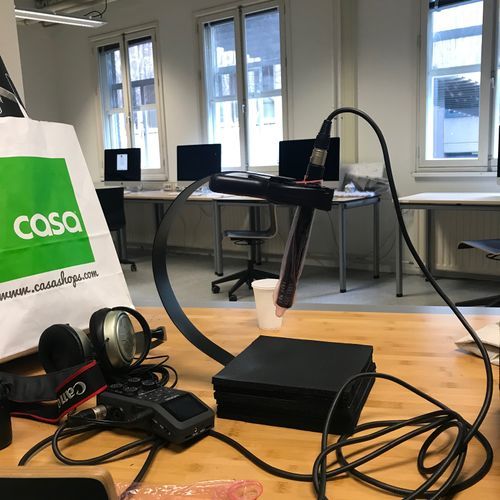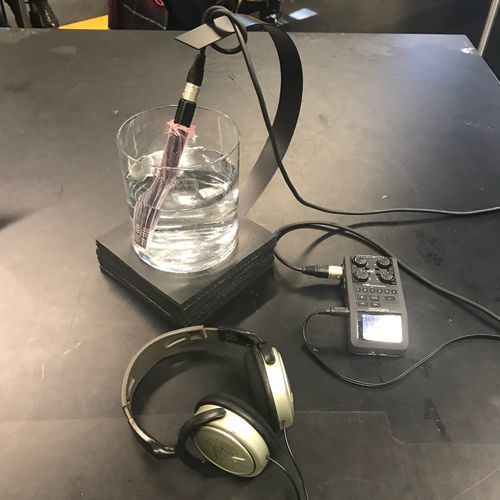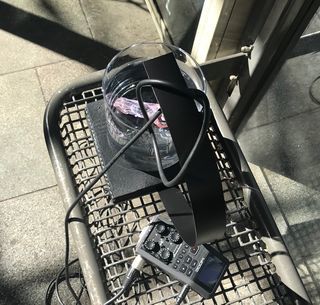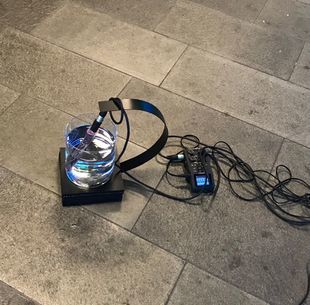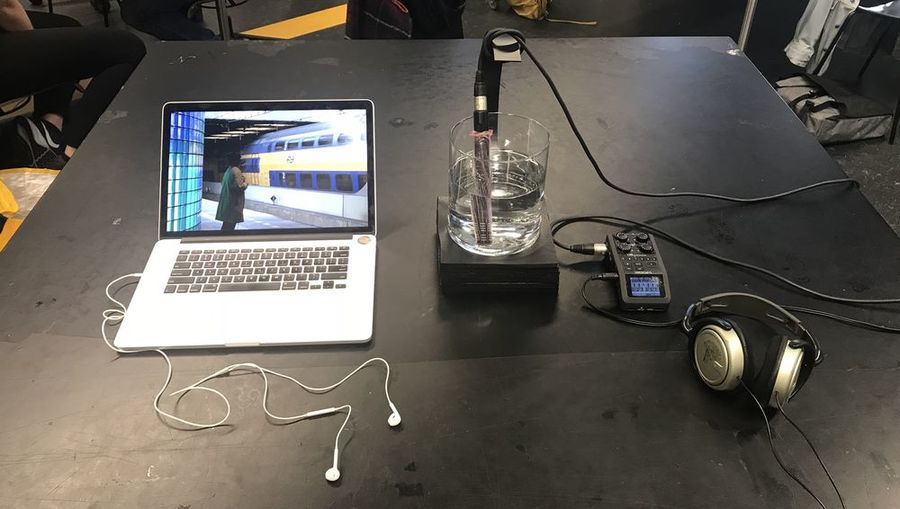Digital Craft Minor 4th Year: Cybernetics
Contents
Project 1: Critical Making exercise
Reimagine an existing technology or platform using the provided sets of cards. For this first project, I grouped up with Tutu, Thijs and Naima and we picked three random cards each from different category.
Inspiration
Our starting point
Prototype
Project 2: Cybernetic Prosthetics
Research
First Testing
Making Prototype
Final Result
Aquatic Acoustic
Video Link : https://vimeo.com/292687674
Project 3: From Devices to systems
Project 4: Cartography of Complex Systems & the Anthropocene
1. What is your craft? (define your discipline, method or approach): Simulation of how we can connect other mind to future mind to complete shared consciousness 2. What are the tools and media of your craft? electronics, audio, computer, open source software, internet, immersive effect of digital media 3. What are the borders of this practice? (what new media technologies have arisen / what is its - future of the field)): signal processing, machine learning, AI, internet (technology & artistic imagination) 4. Connect to a historical discourse and give concrete examples of contemporary practitioners: mind uploading, AI, technological singularity, transhumanism, posthumanism 5. Define your position of your practice in relation to newer technologies.: exploring human consciousness, surroundings
My background is fine art department. I use various media to explore consciousness, awareness of surroundings (tripping in reality). Therefore, reconstructing memory in different ways has been my focus. I got interested in digital media and technology from its immersive effect on us, human beings, and to redefine ourselves in changing society. At the beginning, my interest was on individual different consciousness from each other, and broadened on what is consciousness in general and how humanity has developed consciousness. Some neuroscientists even think that our consciousness is not something we own as individuals, but share as a collective. And that our consciousness is something that exists in between instead of inside of our brains. And there is this term mind uploading, which implement our mental state to a computer. Then our consciousness is digitalised. Furthermore the possibility of technological singularity is hotly discussed. It means that artificial general intelligence will share consciousness. As a part of Transhumanism, would it be possible for humanity to forever exist in virtual reality as a shared consciousness? However, this is human-centric point of view, which sees machine as a human mimicry and neglect the fact that we are among other species in nature. In the discourse of Posthumanism and actually nature and technology are not different, but the same extension. I found an inspiration from octopus, which is regarded as to have the most different consciousness than human being. Since human being evolved from the water creature, it is important to understand our other branch. Therefore, I decided to simulate how octopus perceive their surroundings and gather information. And how the machine would process the information and connect to the internet, which is the biggest library of human and machine minds.
I decided to use contact microphone as a hydrophone to gather underwater informations. I will use 8 hydrophones as 8 tentacles of octopus. Octopus has many nerves spread on their tentacles and this makes huge attribution to their consciousness. According to the data from the tentacles, I will train computer to have different output.
